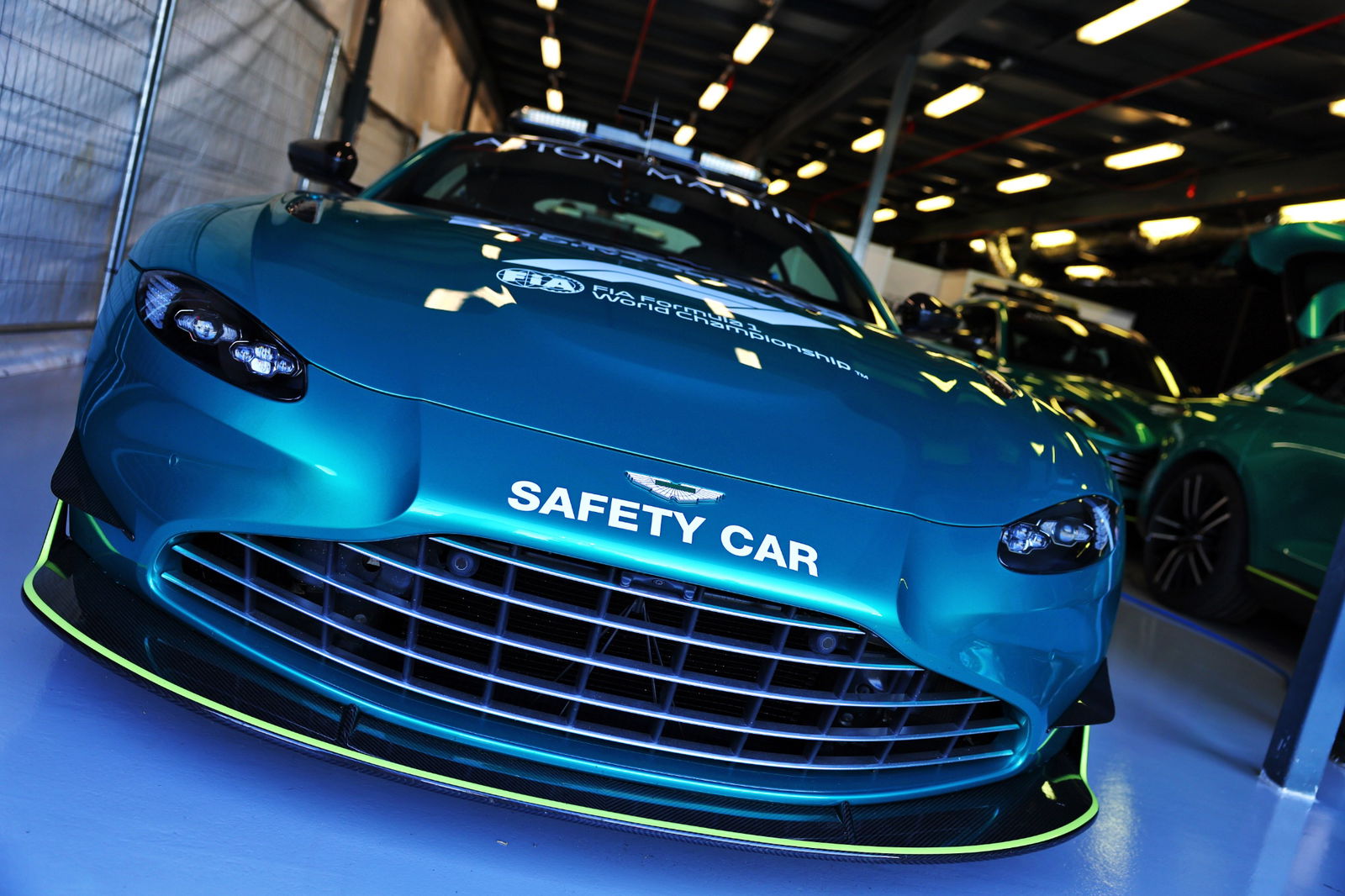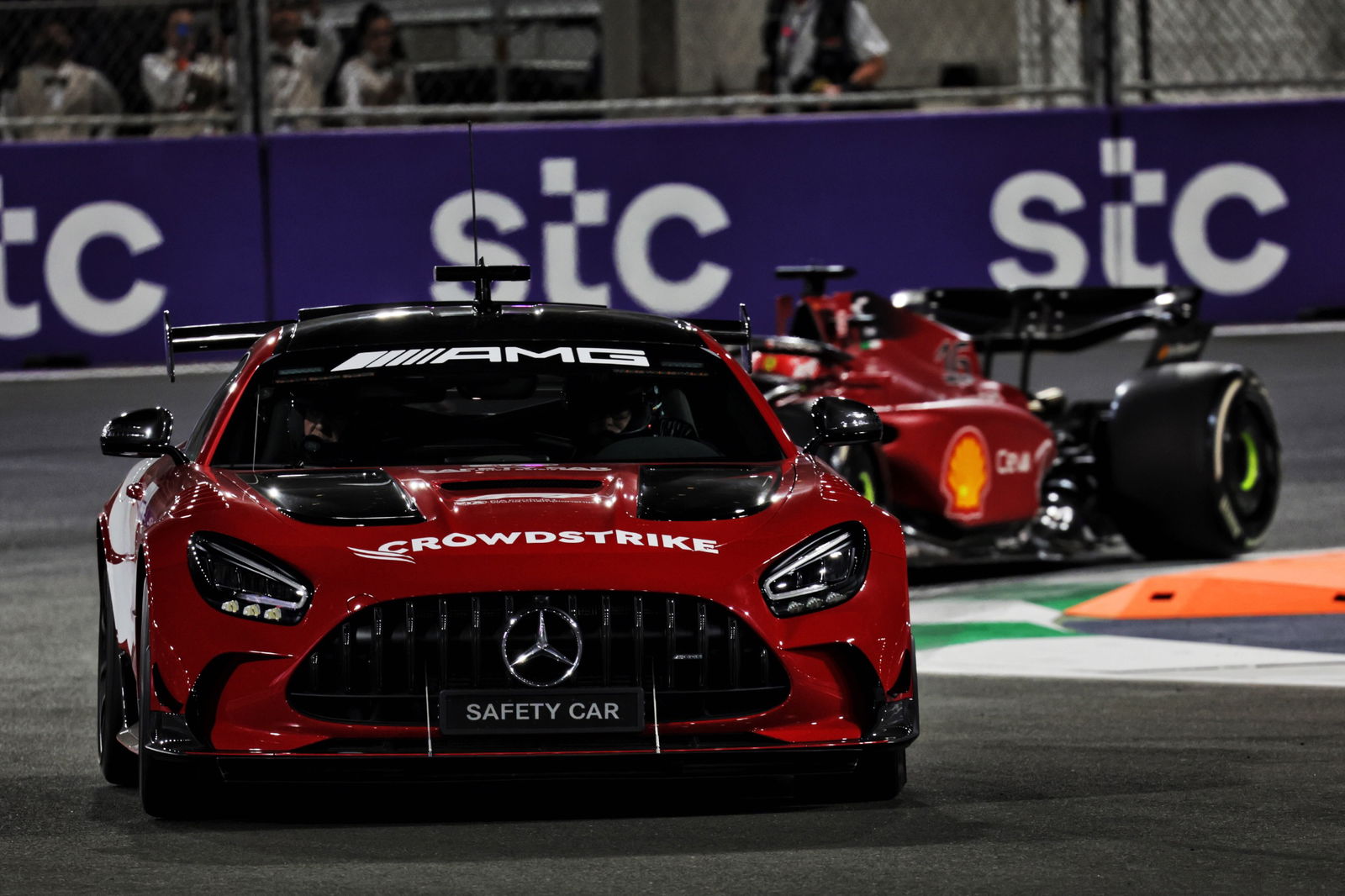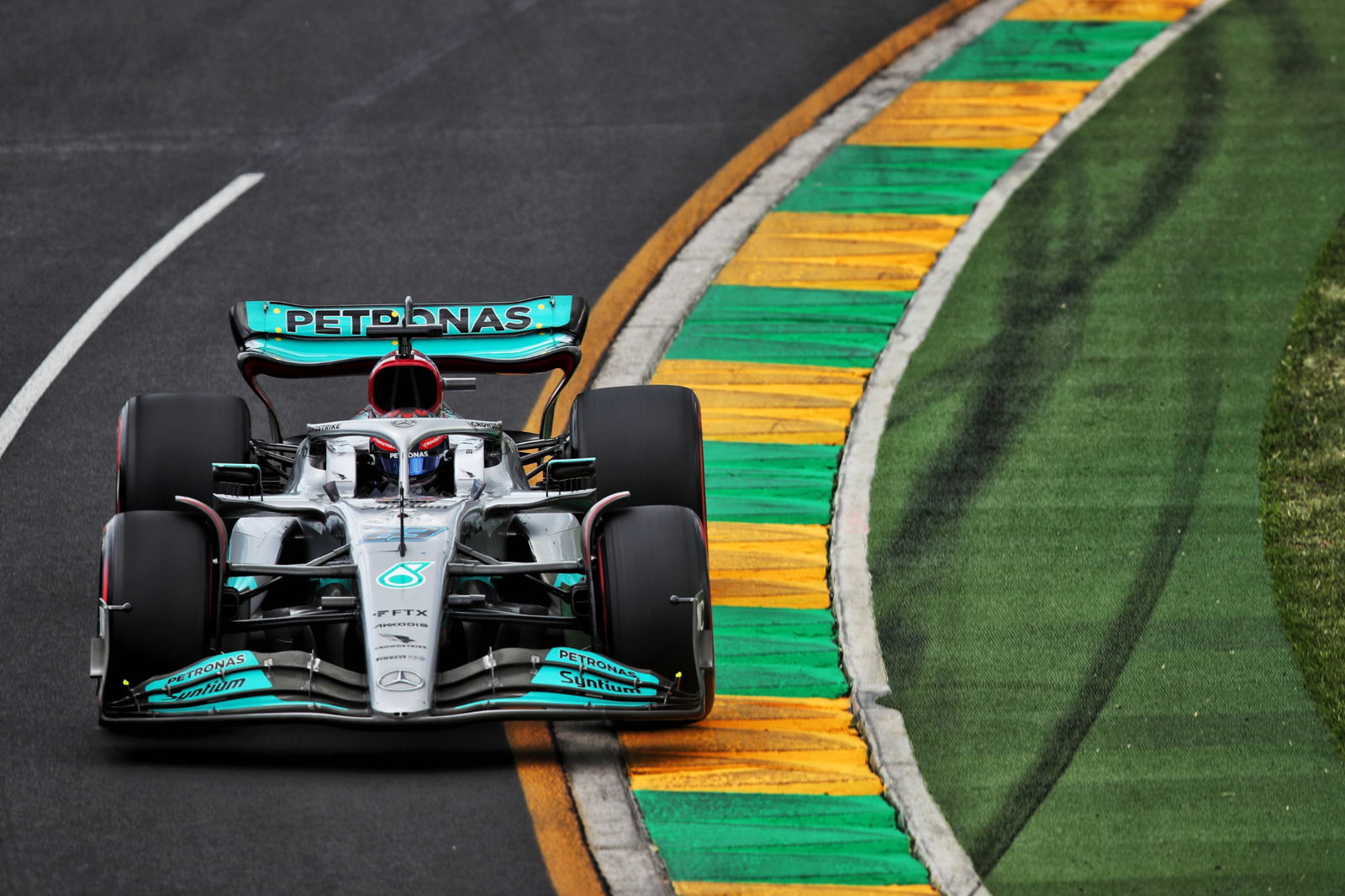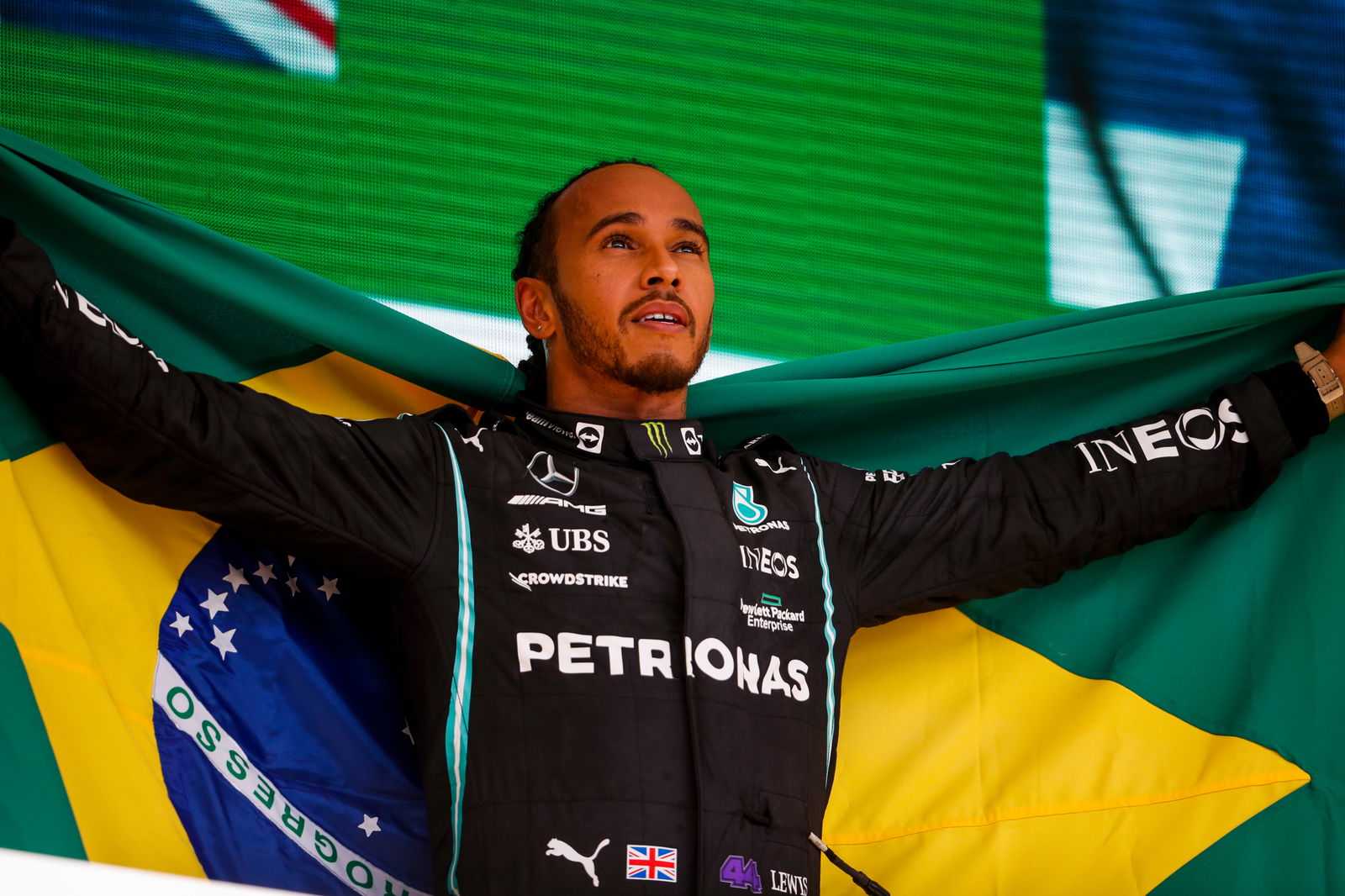FIA hits back at criticism of F1 Safety Car after Verstappen's “turtle” remark

Verstappen’s comments came after his latest retirement at the Australian Grand Prix, where he urged F1 to investigate the speed of the Aston Martin Safety Car.
The Dutchman believes the Mercedes Safety Car - which currently alternates with the Aston Martin equivalent - is much faster and thus should be used more often.
- Crash F1 Podcast: Can Leclerc be stopped after Australian GP domination?
- Wolff accuses ‘liability’ Michael Masi of disrespecting F1 drivers
- Verstappen calls on F1 to speed up 'turtle' Aston Martin Safety Car
- Russell: No 'substantial' Mercedes F1 upgrades
Speaking after the race, Verstappen said: “The Safety Car was driving so slow, it was like a turtle,” Verstappen said. “Unbelievable. With that car, to drive 140 on the back straight, where there’s not a damaged car anymore, I don’t understand why we have to drive so slow.
“We have to investigate. For sure, the Mercedes Safety Car is faster because of the extra aero, the Aston Martin is really slow. It definitely needs more grip because our tyres were stone cold.
“We went into the last corner, I could see Charles understeering. So I’m like ‘OK, I’ll back off a bit more’ and I had a better line. It’s pretty terrible, the way we’re driving behind the Safety Car at the moment.”
The FIA’s defence
On Thursday morning, the FIA released a statement on social media defending the speed of the Safety Car.
The FIA outlined the purpose of the Safety Car and the important role it has in F1, with outright speed not being its primary purpose.
The statement read: “In light of recent comments regarding the pace of the FIA Formula 1 Safety Car, the FIA would like to reiterate that the primary function of the FIA Formula 1 Safety Car is of course not outright speed but the safety of the drivers, marshalls and officials.

“The Safety Car procedures take into account multiple objectives, depending upon the incident in question, including the requirement to ‘bunch up’ the field, negotiate an incident recovery or debris on track in a safe manner and adjust the pace depending on recovery activities that may be ongoing in a different part of the track.
“The speed of the Safety Car is therefore generally dictated by race control, and not limited by the capabilities of the Safety Cars, which are bespoke high-performance vehicles prepared by two of the world’s top manufacturers, equipped to deal with changeable track conditions at all times and driven by a hugely experienced and capable driver and co-driver.
“The impact of the speed of the Safety Car on the performance of the cars following is a secondary consideration, as the impact is equal amongst all competitors who, as is always the case, are responsible for driving in a safe manner at all times according to the conditions of their car and circuit.”
Is the Safety Car too slow?
Eventual race winner Charles Leclerc nearly lost the lead of the race at Albert Park after understeering wide at the final corner due to having cold tyres.
Drivers have often complained about the speed of the Safety Car, with seven-time F1 champion Lewis Hamilton one who usually voiced his frustrations over team radio when leading from the front in his title-winning years.

George Russell was quick to defend Mercedes’ Safety Car after the race in Melbourne.
"We don't have the issue with the Mercedes-AMG Safety Car!
"On a serious note, the Mercedes-AMG is like five seconds, a lot quicker, than the Aston Martin safety car, which is pretty substantial.”


